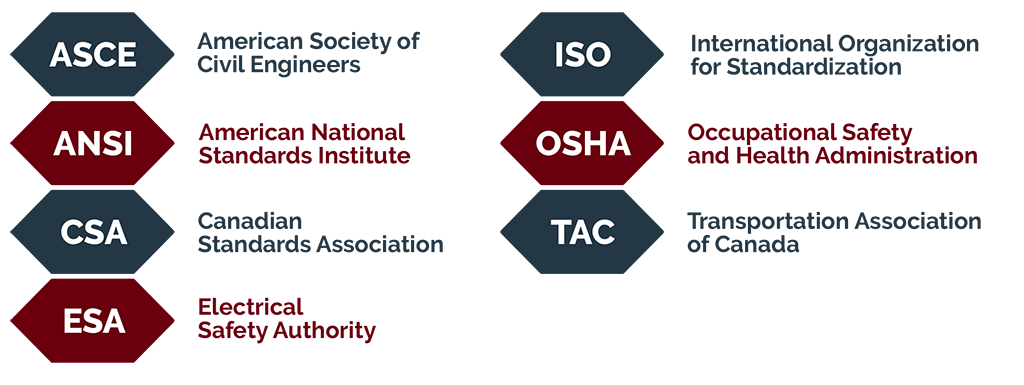Utility Manual
The industry led Utility Manual for Ontario will unlock efficiency and innovation in infrastructure projects across the province. What’s being proposed in based on global leading practice and will revolutionizes project execution, saving time and costs. Harnessing industry best practices, the Utility Manual streamlines interactions with municipalities, utilities, project owners and constructors, ensuring optimized coordination for all projects.

What is Utility Manual?
Working with government, sector partners designed and delivered an industry-leading Utility Manual that incorporates procurement, policy, development, execution, and a spatial data management model to support existing infrastructure programs including the provinces priority transit and broadband projects.
The Utility Manual, and the associated internal capabilities built by industry experts, represent an opportunity to reaffirm existing leading practices and establish new requirements that optimize the consistency and efficiency of processes, systems and people, and operationalize a capability that enables compressed schedules, minimized costs and mitigated risks on infrastructure projects that include interactions with important project stakeholders like municipalities, utilities and adjacent property owners.
To embed and fully leverage these capabilities, the Utility Manual was developed to encompass standard commercial, policy, deployment, and spatial data management practices for projects that have interactions with infrastructure in the public realm. The manual aligns with existing and proposed legislation, regulation, provincial policies and procedures, and leverages utility coordination best practices already in place across North America and internationally.
The manual provides tools for commercial managers, program administrators, consultants, utility and infrastructure owners and contractors in making strategic project decisions that ensure utility coordination is fully optimized. It also provides utility planning tools to aid in operations and maintenance, and future work within the same geographical areas.
The Manual defines processes and procedures for Delivery Partner collaboration, including conformance measures and Confidentiality Compliance with the following standards:
It describes the integration of BIM standards and processes and provides guidelines for effective Data Sharing and Utility Coordination throughout a Project’s lifecycle, with Project Stages that are adaptable.


The Manual is divided into three parts

Digital Twin Ontario aims to establish repeatable, sustainable practices for the ongoing supply of utilities and Infrastructure Data into DTO platform(s), focusing on Designated Priority Projects (also referred to as Project or Projects). The Manual provides instructions for successful implementation of the DTO Framework in Ontario. The DTO Framework is the Information Management system for Projects.
The Manual instructs Delivery Partners on the DTO Framework through each Project Stages (Briefing Concept, Defined Design, Build and Handover, and Operate and Maintain) and sets requirements for Delivery Partners with the Digital Asset strategy for improving Infrastructure productivity through the DTO AssetFlow Hub.